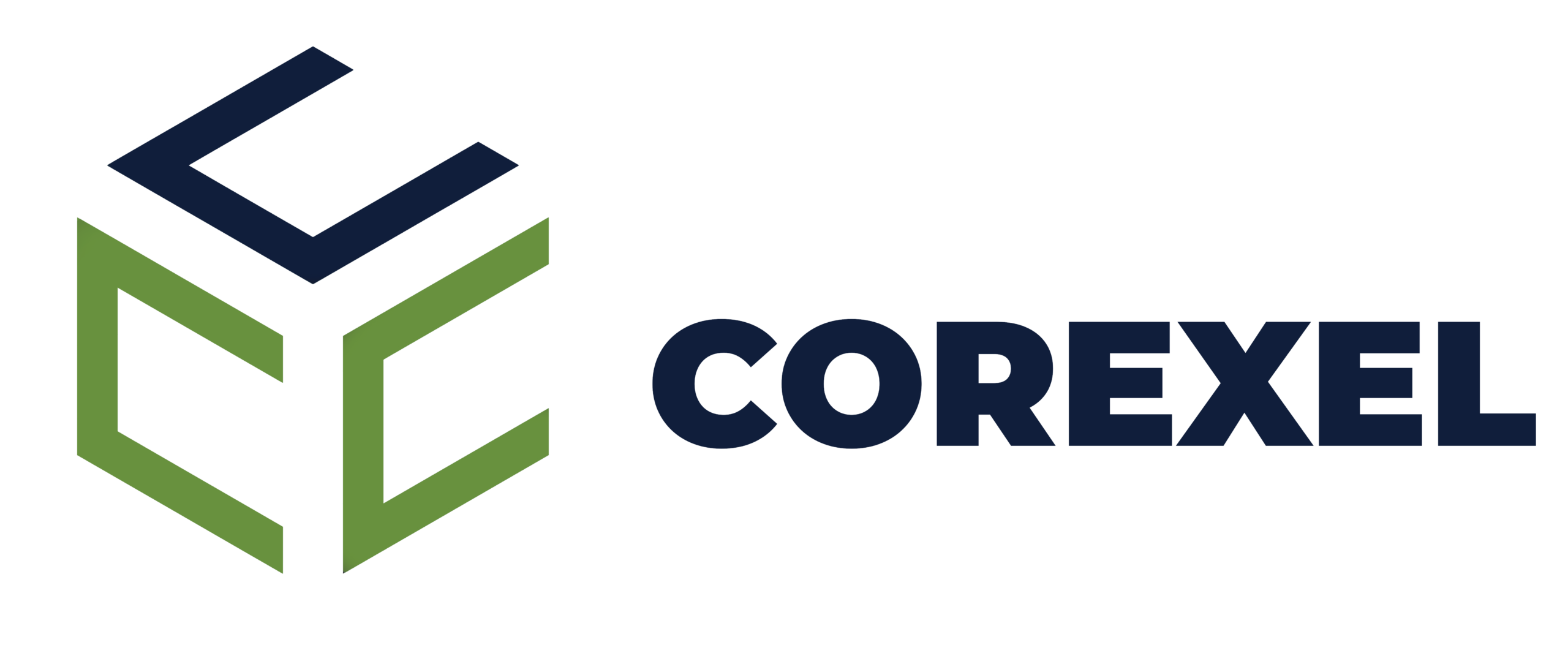
- RT IMTCBA
- Devops
- 1,500 USD
- Nov 23, 2024
Real Time Infrastructure Monitoring Tool for Cloud Based Applications
Business Context
As organizations move their applications and services to the cloud, it becomes critical to ensure system reliability and uptime. An infrastructure monitoring tool helps businesses track the health and performance of their cloud resources, detect anomalies, and prevent potential outages before they impact customers. This tool is essential for businesses relying on cloud services such as AWS, Azure, and GCP to run their critical applications.
Key Challenges
- Lack of Visibility: The team had no clear, real-time visibility into the health of the cloud infrastructure, leading to delayed issue identification.
- Manual Monitoring: Existing monitoring was manual and reactive, causing delays in identifying performance degradation or system failures.
- Scalability: As the infrastructure grew, it became increasingly difficult to manage and monitor multiple cloud services and virtual machines.
- Alert Fatigue: The team was overwhelmed with irrelevant alerts and lacked a system to prioritize critical issues.
Work Approach
- Requirements Analysis: The DevOps team worked closely with the operations team to understand which infrastructure metrics were most important (CPU, memory, network performance, etc.).
- Tool Selection: After evaluating several tools, they selected Prometheus for metric collection and Grafana for real-time visualization, along with Alertmanager for setting up alert thresholds.
- Custom Integration: Integrated Prometheus with AWS CloudWatch, Google Cloud Monitoring, and custom APIs to gather relevant infrastructure metrics.
- Alert System Setup: Configured an intelligent alert system that prioritized critical alerts based on severity, ensuring that the team received actionable notifications only for real issues.
- Dashboard Creation: Designed interactive Grafana dashboards to provide real-time insights into the health and performance of cloud resources.
Technology
- Cloud Providers: AWS, GCP, Azure
- Monitoring Tool: Prometheus
- Visualization: Grafana
- Alerting: Alertmanager
- Logging: ELK Stack (Elasticsearch, Logstash, Kibana)
- Containerization: Docker
- Automation: Ansible for configuration management and setup
Process
- Data Collection: Prometheus was configured to collect data from cloud services, databases, and virtual machines.
- Metric Storage: Metrics were stored in Prometheus, which efficiently handled large volumes of data from various cloud resources.
- Real-Time Visualization: Grafana dashboards were designed to visualize key metrics, such as server load, network traffic, and uptime, in a user-friendly format.
- Alert Configuration: Alertmanager was configured to send alerts based on predefined thresholds, such as high CPU usage or low disk space, to the right team members.
- Continuous Improvement: The team regularly reviewed the dashboards and alerts to fine-tune the system for better performance and reduced alert fatigue.
Features
- Real-Time Monitoring: Tracks performance metrics of virtual machines, containers, and cloud resources in real time.
- Customizable Dashboards: Offers interactive and customizable dashboards that provide at-a-glance views of the health of the entire infrastructure.
- Intelligent Alerts: Alerts are based on severity and customized thresholds, ensuring only critical issues are flagged.
- Automated Reports: Generates periodic reports on infrastructure health, performance trends, and resource utilization.
- Scalable Architecture: The tool can scale with the business as more cloud resources and services are added.
- Integrated Logging: Combines infrastructure monitoring with centralized log management, allowing for easy correlation between performance metrics and log data.
Result
Improved Uptime: The monitoring tool allowed for early detection of issues, leading to a significant reduction in downtime and faster issue resolution.
Proactive Incident Management: With the intelligent alerting system, the team was able to address critical issues before they impacted users.
Enhanced Operational Efficiency: Automation of data collection and reporting reduced the manual effort required for monitoring, allowing the team to focus on higher-value tasks.
Better Resource Management: The real-time insights helped the business optimize resource utilization, leading to cost savings in cloud services.
Scalability: As the business expanded, the infrastructure monitoring tool scaled effortlessly to monitor new resources without needing major changes to the system.


